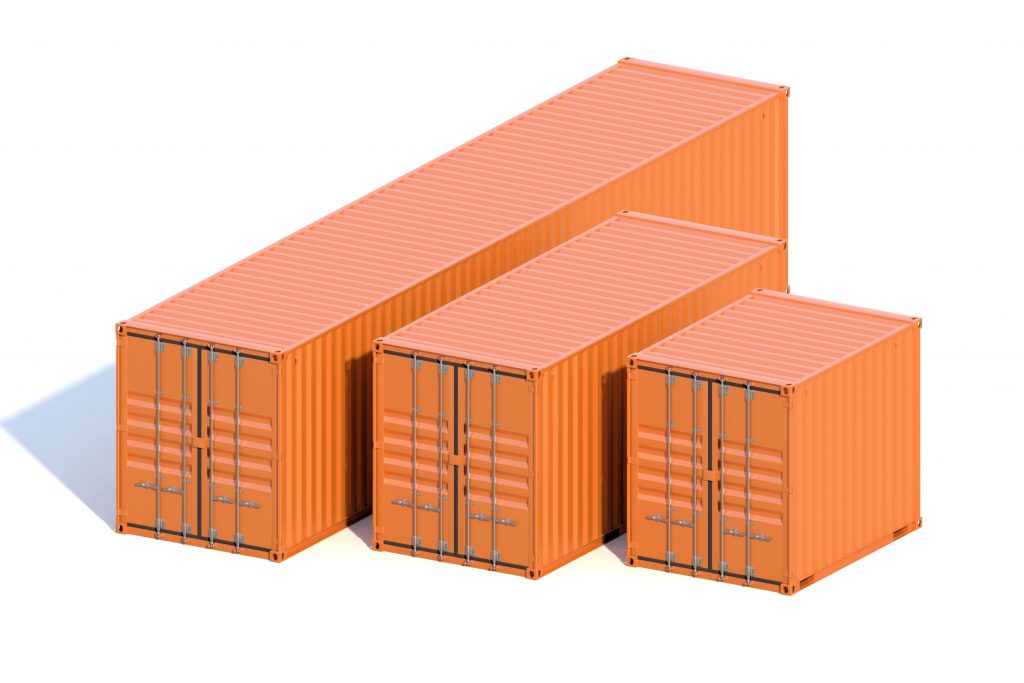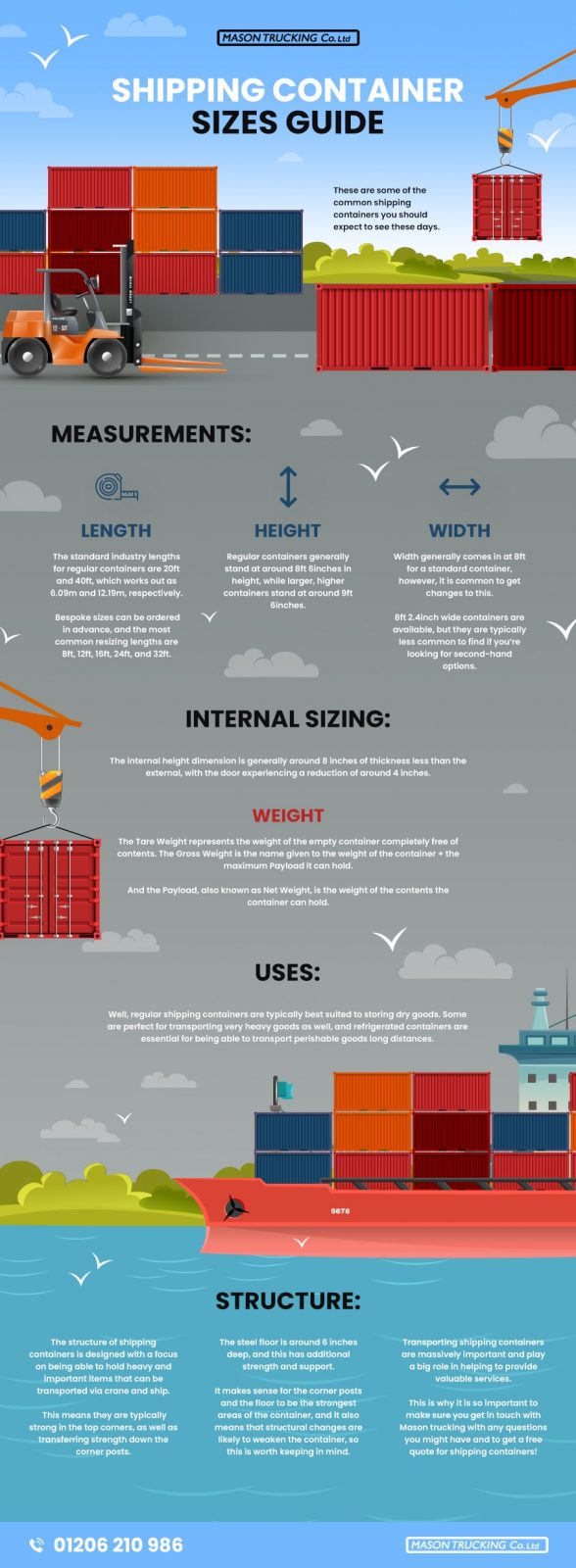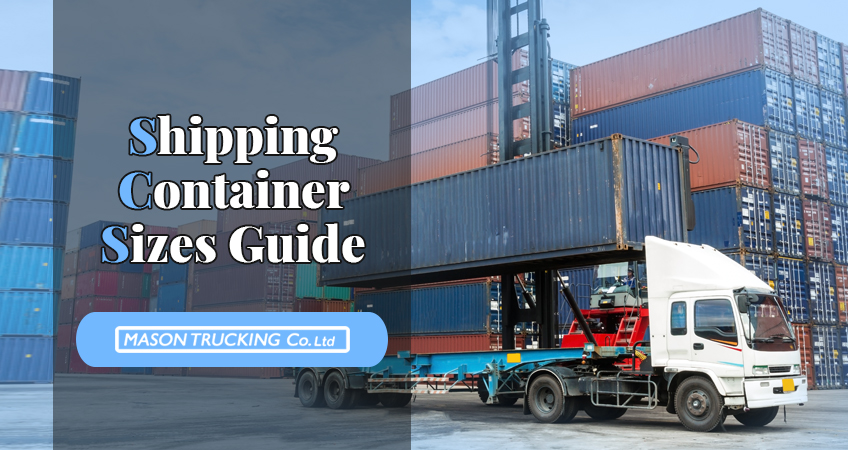Shipping containers can play a massive role in the world of business, and they are incredibly useful for sending and receiving goods across the world, as well as storing important and valuable items. So, if you are going to benefit from or use shipping containers, it is important that you know what to expect from them, and this means being au fait with sizes and measurements.
So, this article is going to look at what it takes to find the exact shipping container to meet your needs. That’s why we’re going to look at the different sizes you can expect to find, as well as what you could use them for, and other structural information. These are some of the common shipping containers you should expect to see these days.
Measurements
-
Length
The standard industry lengths for regular containers are 20ft and 40ft, which works out as 6.09m and 12.19m, respectively. Of course, larger containers can be cut down to the right size in order to make them the perfect fit for smaller purposes. Bespoke sizes can be ordered in advance, and the most common resizing lengths are 8ft, 12ft, 16ft, 24ft, and 32ft.

-
Height
Regular containers generally stand at around 8ft 6inches in height, while larger, higher containers stand at around 9ft 6inches. In fact, the high cube container height is becoming increasingly more common and replaced the less common 9ft options that were once available. The regular 8ft 6inch choices used to be available as 8ft high containers, which were also highly popular.
-
Width
Width generally comes in at 8ft for a standard container, however, it is common to get changes to this. For instance, in Europe, it is often necessary to accommodate pallets of 2.5m or 8ft 2.4inches in width, and this is one of the key reasons for changing widths. 8ft 2.4inch wide containers are available, but they are typically less common to find if you’re looking for second-hand options.
Weight & Internal Sizing
Of course, it is important to keep in mind the fact that internal sizing is generally smaller than the external sizing, due to the design of the containers. The sides of containers are typically corrugated, and this results in the loss of around 2 inches from the external width dimension on the interior. The back will generally lose around 3 inches from the internal length. However, the greatest example of external to internal reduction generally comes with the height. The internal height dimension is generally around 8 inches of thickness less than the external, with the door experiencing a reduction of around 4 inches.
When it comes to weights, there are three principle weights that you need to be au fait with: Tare Weight, Gross Weight, and Payload. The Tare Weight represents the weight of the empty container completely free of contents. The Gross Weight is the name given to the weight of the container + the maximum Payload it can hold. And the Payload, also known as Net Weight, is the weight of the contents the container can hold.
Uses
Now, you might be wondering what the purpose is of having all of these different sizes and weights of containers to choose from, and this is something to think about. Well, regular shipping containers are typically best suited to storing dry goods. Some are perfect for transporting very heavy goods as well, and refrigerated containers are essential for being able to transport perishable goods long distances. These are just a couple of examples of the uses for different shipping containers.
Structure
The structure of shipping containers is designed with a focus on being able to hold heavy and important items that can be transported via crane and ship. This means they are typically strong in the top corners, as well as transferring strength down the corner posts. The steel floor is around 6 inches deep, and this has additional strength and support. It makes sense for the corner posts and the floor to be the strongest areas of the container, and it also means that structural changes are likely to weaken the container, so this is worth keeping in mind.
Transporting shipping containers are massively important and play a big role in helping to provide valuable services. This is why it is so important to make sure you get in touch with Mason trucking with any questions you might have and to get a free quote for shipping containers! Do as much as you can to get in touch with us today and get the ball rolling with the perfect container choice to suit your needs.

